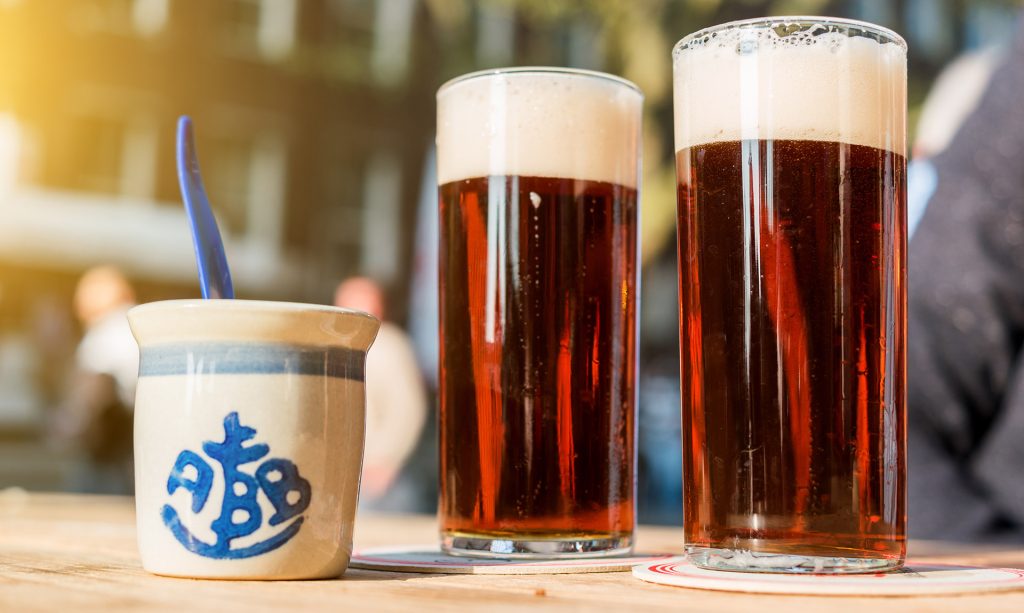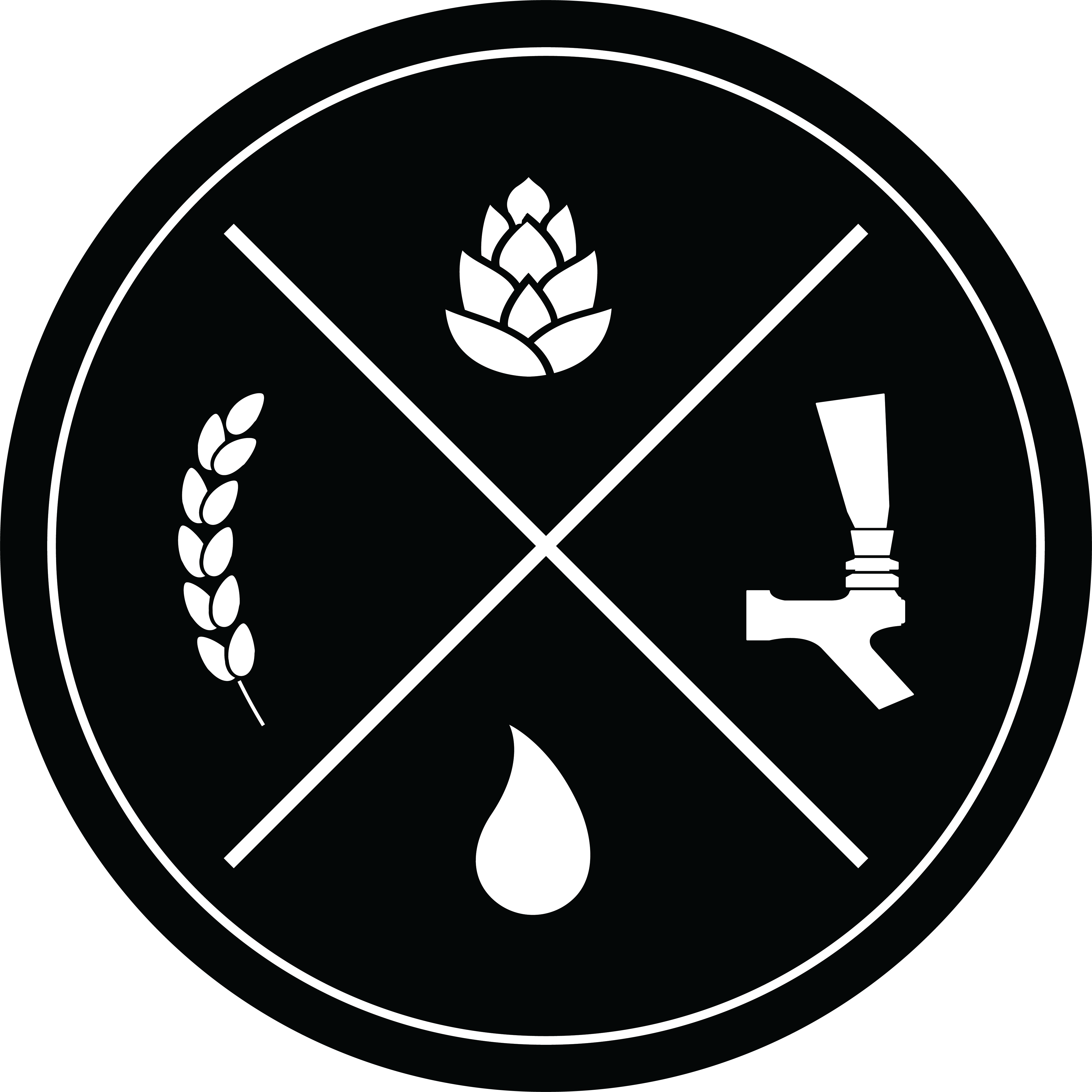
Introduction
When it comes to German beer styles, most people are familiar with the likes of Pilsners, Weizens, and perhaps Kölsch. However, the beer landscape in Germany is much more diverse than what’s commonly known, and one remarkable yet lesser-known variety is the Düsseldorf Altbier. This article aims to shed light on this unique and captivating beer style that hails from the city of Düsseldorf in North Rhine-Westphalia, Germany.
A Brief History
The term “Altbier” literally translates to “old beer” in German. This nomenclature does not imply that the beer is aged or outdated; rather, it refers to the traditional brewing methods used. Altbier has been brewed for centuries in Düsseldorf and the surrounding region, and it is one of the few beer styles that have maintained its top-fermenting tradition, despite the prevalence of bottom-fermented lagers.
Characteristics and Brewing Process
Appearance
Düsseldorf Altbier is often amber to dark copper in color. It exhibits a well-formed, creamy, off-white head that lingers.
Aroma
Expect a balanced aroma of malt and hops. Some variations may feature subtle fruit or caramel notes.
Taste
Altbier offers a perfect balance between malt sweetness and hop bitterness, giving it a clean, crisp finish. The malt profile is generally robust, featuring hints of toasted bread, caramel, or nuts.
Mouthfeel
Medium-bodied with a moderate carbonation level, Altbier presents a smooth and sometimes creamy mouthfeel.
Ingredients
- Malted Barley: Primarily pale ale malt, with smaller amounts of specialty malts for color and flavor.
- Hops: Noble hop varieties, such as Spalt or Tettnanger, are commonly used.
- Yeast: Top-fermenting ale yeast.
- Water: Düsseldorf has moderately hard water, which plays a role in the beer’s characteristic flavor.
Brewing Process
- Mashing: Malted barley is mixed with hot water to extract fermentable sugars.
- Boiling: The liquid is then boiled and hops are added.
- Fermentation: The wort is cooled and yeast is added for fermentation. This takes place at warmer temperatures than lagers, usually between 60-70°F.
- Conditioning: Post-fermentation, the beer is conditioned at colder temperatures.
- Packaging: Finally, the beer is filtered and packaged.
Food Pairings
Düsseldorf Altbier is highly versatile when it comes to food pairings. It pairs wonderfully with German cuisine like bratwurst, but can also complement a variety of meats, cheeses, and even some seafood options.
Conclusion
Düsseldorf Altbier is a testament to the depth and variety found in the world of beer. Its balanced profile, rooted in centuries-old traditions, makes it a compelling choice for both new and seasoned beer aficionados. Whether you’re looking to expand your beer horizons or simply appreciate the classics, a pint of Altbier is well worth your time. Cheers!
Disclaimer: The brewing specifications mentioned in this article are general guidelines. The characteristics of Altbier can vary based on numerous factors, including but not limited to, the ingredients used and the brewing methods employed.

